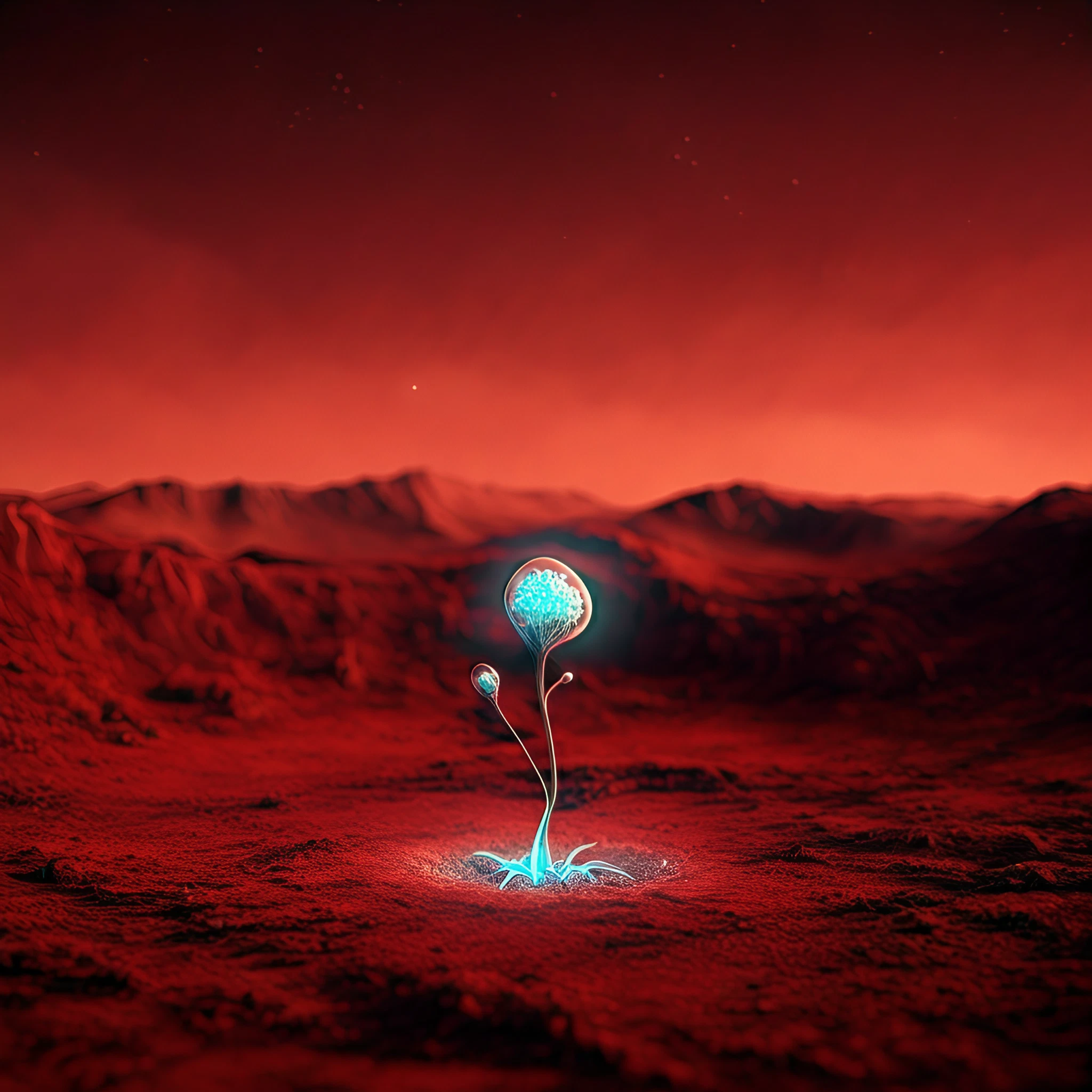Humanity has long been captivated by the mysteries of Mars. Is there evidence of life on the red planet? Could it have harbored life billions of years ago, or does it still? These questions have driven scientific exploration for decades. With groundbreaking discoveries from past and present Mars missions, ongoing studies, and future planned missions, the case for potential life on Mars continues to grow stronger. Here, we explore the key evidence supporting the possibility of life.
Past and Present Mars Missions
Mars missions have provided a treasure trove of data about the planet’s surface, atmosphere, and history. Notable among these are the Viking missions of the 1970s, which conducted the first life-detection experiments on Mars, and more recently, NASA’s rovers like Curiosity and Perseverance. These rovers actively investigate Mars’ geology, search for organic molecules, and assess its potential for past or present life.
China’s Zhurong rover also unveiled exciting new data, including evidence of ancient buried shorelines, as seen in recent findings published in the Proceedings of the National Academy of Sciences. The data suggests that Mars once hosted vast oceans and sandy beaches, an environment thought to be conducive to life.
Methane and Organic Molecules on Mars
A significant indicator of the possibility of life on Mars is the detection of methane gas. Methane is particularly intriguing because it can be produced by biological processes. Curiosity, for example, discovered seasonal spikes in methane levels, prompting questions about whether it could be a byproduct of microbial life beneath Mars’ surface. Additionally, other organic molecules detected by Curiosity and Perseverance underline the planet’s potential for habitability.
Microbial Life Beneath the Surface
Mars’ surface today is harsh, with freezing temperatures, high radiation levels, and a thin atmosphere. However, beneath this uninviting exterior could lie refuge for microbial life. Studies suggest the possibility of liquid water reservoirs deep under Mars’ surface, protected from radiation and extreme weather. This raises the prospect of microbial organisms thriving in these subsurface environments much as they do in underground habitats on Earth.
Martian Meteorites on Earth
Another line of evidence comes from Martian meteorites found on Earth. One notable meteorite, ALH 84001, made headlines in the 1990s when scientists found microscopic structures that were initially thought to be fossilized microorganisms. While the claim remains controversial, it sparked global interest in the search for life on Mars and pushed forward astrobiological research.
Geological History and Potential Habitability
Mars’ history shows that it was once a planet with rivers, lakes, and possibly oceans. The Zhurong rover’s recent finding of buried shores highlights an era billions of years ago when Mars was far wetter, an environment that could have supported life. According to Dr. Benjamin Cardenas from Penn State University, “A beach is an interface between shallow water, air, and land. It’s these sorts of environments where it’s thought life first came to be on Earth, and I think it would be a great place to send a follow-up mission looking for signs of past life.”
Scientific Debates and Uncertainties
While the evidence is compelling, the question of life on Mars remains unresolved. Detections of organic molecules and methane have not yet conclusively been linked to biological sources. Additionally, claims of microbial fossils in Martian meteorites remain under scrutiny. These debates underline the complexity and significance of astrobiology and the need for continued exploration and analysis.
Future Mars Missions
Mars’ allure continues to inspire future missions aimed at uncovering more definitive evidence of life. NASA’s Perseverance rover is collecting samples from Mars’ surface, which are expected to be brought back to Earth for detailed laboratory analysis. Meanwhile, upcoming missions by ESA and China’s space agency will focus on exploring Mars’ subsurface and atmosphere for biosignatures and organic compounds.
The Bigger Picture in Astrobiology
Mars is a focal point in the broader field of astrobiology, which seeks to understand the potential for life beyond Earth. By studying Mars’ geological and environmental history, we can gain critical insights into how life may have originated on our planet. These insights will also refine the search for habitable worlds across the universe.
Ethical Considerations
While the hunt for Martian life excites scientists and enthusiasts alike, it also raises ethical questions. What if we find life on Mars? Should humans disturb its environment? The implications for planetary protection are far-reaching and will guide future exploration policies.
A Future on Mars?
While the search for life takes center stage, scientists are also considering what it might take to terraform Mars for human habitation. The discovery of water reservoirs, organic compounds, and ancient oceans helps us imagine a future where Mars could become a second home for humanity.
Final Thoughts
The quest for life on Mars is one of the most exciting scientific endeavors of our time. From methane detections and organic molecules to buried rivers and ancient oceans, the clues continue piling up. Future missions to Mars will undoubtedly help us unravel the mystery of whether life exists—or once existed—on this enigmatic planet.
Curious to follow the quest for extraterrestrial life? To stay updated on the latest discoveries and insights, watch this space for more groundbreaking findings!
Generated Images:
Image 1: Artistic depiction of ancient Mars with oceans, rivers, and a blue sky.
Image 2: A photo-style render of the Curiosity rover collecting soil samples with Martian hills in the background.
Image 3: A split image showing present-day dry Mars on one side and an artist’s depiction of fertile Mars with water bodies long ago.
Image 4: A microscopic view of potential signs of microbial life (conceptualized).
For illustrations, proprietary software or design tools should be used to create high-resolution, accurate representations, ensuring they align with the visual tone of the article.








